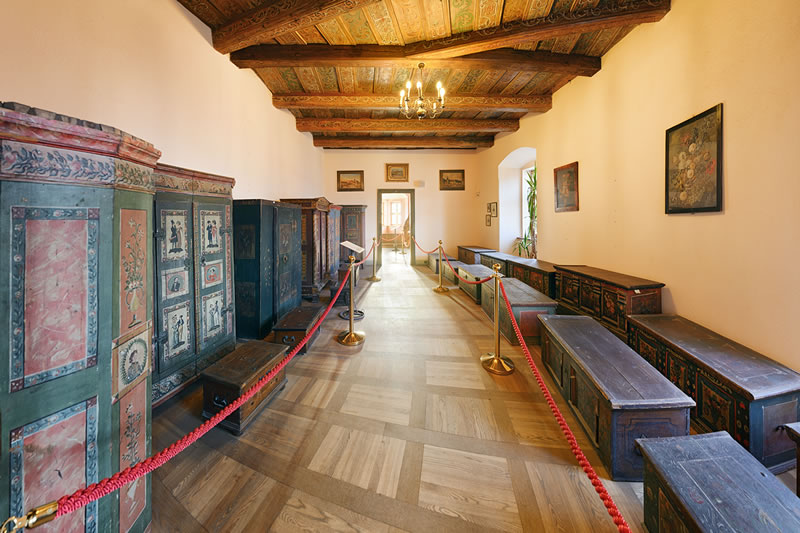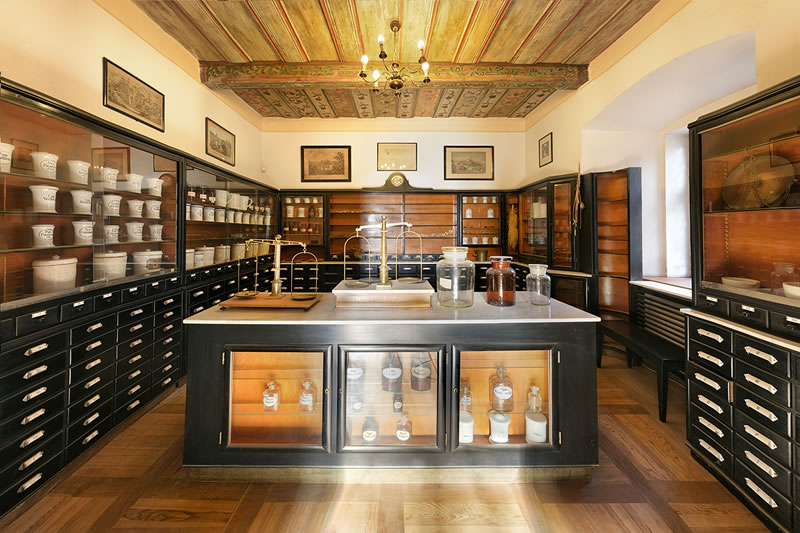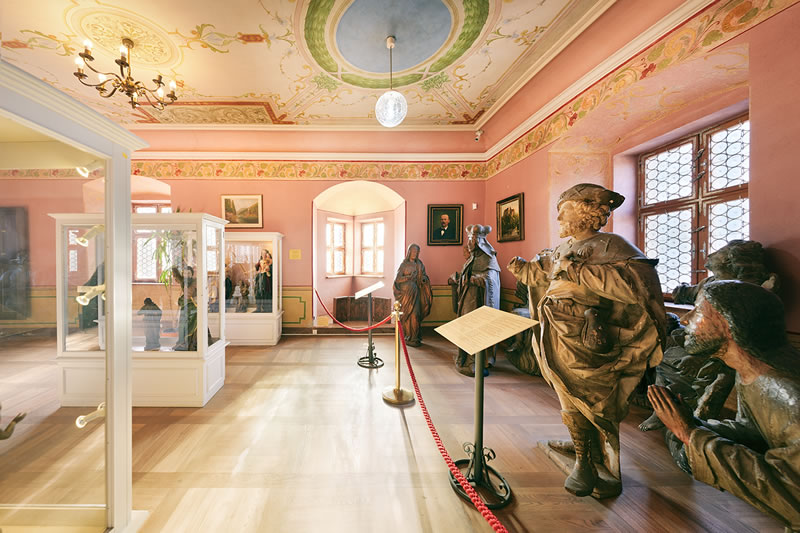Loket Collections
In the Margrave´s House, there are exhibits places, of refunded Loket collections. Furniture of previous three centuries can be seen as well as old Loket pharmacy, wooden sculptures and reliefs.
On the same spot, next to precious minerals, the Loket meteorite can be viewed that Johann Wolfgang Goethe himself was very interested in.












